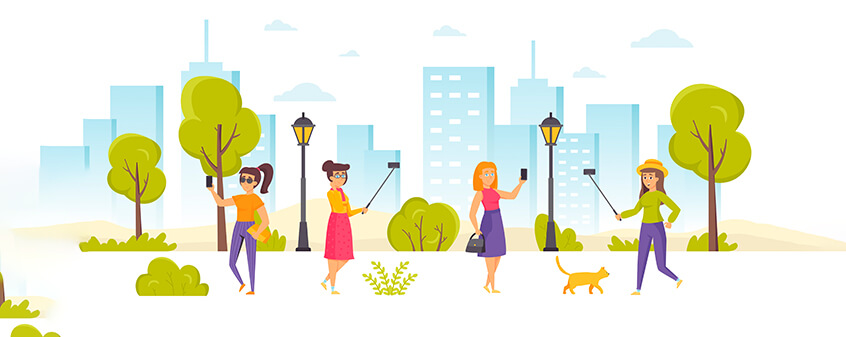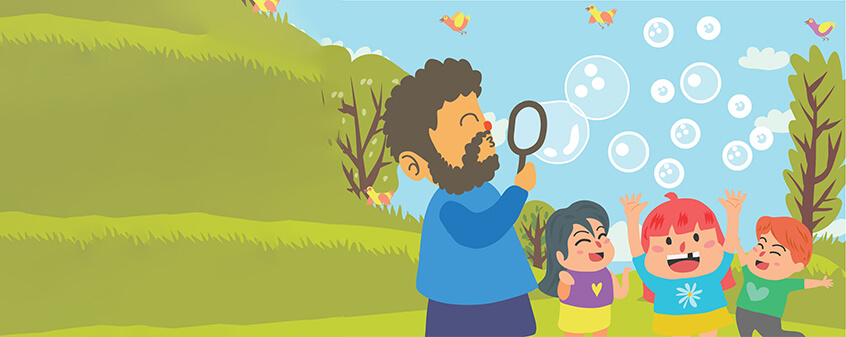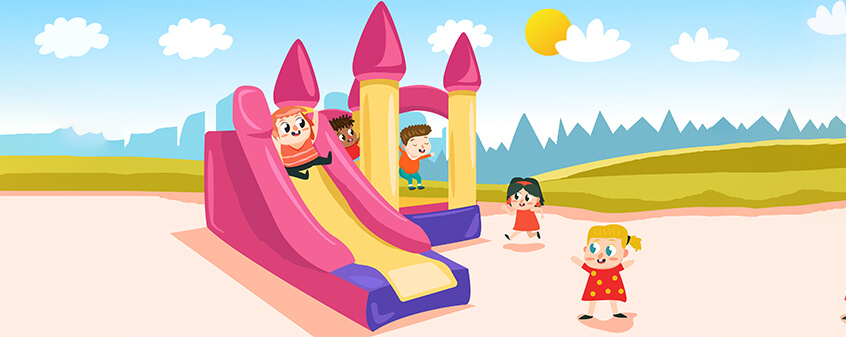The Teen Age Years:
The teenager
When we get our homes repainted or are refurnishing our offices, we encounter days of chaotic activity. The constant movement of workers in and out of these spaces can be disturbing. But when
the home or office is finally ready, we enjoy the benefits of this newly developed space. This example can be used to describe adolescents. The brain is going through a makeover at this time and this disturbance is preparing your teenager for the next stage of life. He needs us to cooperate with him as far as possible.
Though they want to behave like adults, it is essential for us to realize that their disorganized brain has not matured and will not allow them to deal with things rationally like a mature adult brain would. They do not think when they are feeling and do not feel when they are thinking. Staying connected with what they want, think, and feel is important. When you find your teen behaving in a fashion that is not usually ‘him’, know that he is unable to cope with what’s happening to him.
‘I don’t know what taken over Vicky. He wants to grow his hair long, pierce his ears, get a tattoo, and buy T-shirts which have the weirdest and craziest messages. He was never like that before. I am afraid he must have tried drinking and smoking too. He is locked up in his room all day. At times I feel I’ve completely lost my connect with him,’ says Neena, Vicky’s mom.
Vicky is going through a stage of transition. He is changing. And yes, he is at the stage where he wants to experiment. Talk to him not at him. This is an age when kids go crazy experimenting. They want to try new hairstyles, new clothes; because they want to fit in with the gang.
At this stage you need to understand what type of person your child is. Is he a leader or is he a follower? If he is a leader, the chances are that he is experimenting with new things only to find if they give him a ‘kick’. He will find his own route. But if he is a follower, then you have reason to worry. He is not doing things because he wants to, but because others want him to. This is something you will have to watch out for.
Peer pressure
Peer pressure is at its highest at this age. Children want to fit in with their friends and look and sound ‘cool’. They will face the pressure of taking decisions on their own, not wanting to sound uncool by having to take permission from their parents. These decisions could be minor ones like participating in a competition to serious ones like trying out drugs or cigarettes. Peer pressure has both positive and negative impacts. You may find him preparing for a topic to ‘teach’ his friends. But there may be times when they encourage him to try smoking or shoplifting. A few simple tips can help you teach your kids to handle peer pressure.
• Boost his confidence. Children who are not confident usually fall prey to peer pressure.
• Get to know your child’s friends. So you will be able to know who they are mingling with.
• Encourage him to participate in volunteering camps, scouts, and guides camps, trekking expeditions and other positive activities. This will help them meet other positive minded children, which is bound to have a positive impact on their psyche.
• Listen to them. They may have valid reasons for what they are doing. Don’t always lecture them.
• Teach children to say no. When they have the confidence to say no, they won’t succumb to peer pressure.
Why is this transformation happening?
At this age, the bodies of children go through a sea change. There are changes that they can see and those they cannot. The bodily changes are visible and can be seen by the child. But the changing levels of hormones, like oestrogens and testosterone, trigger emotional responses from them.
Oestrogen stimulates growth of the womb and breasts and determines the shape of the female body. There is growth of pubic hair and girls begin to get their periods. In boys, the consequence of testosterone sculpt the body, increasing lean body mass and shaping features as well promoting body and facial hair. There is an increase in height and there may be a change in voice. The body resets the body clock. You will find kids sleeping later at night than usual and then waking up later in the day.
The sweat glands in the armpits and the groin areas are activated for the first time. Teach them to keep clean at all times. Glands in the skin of the face, shoulders, and back also become active at this time. Some children may find that their hair is oilier than ever. The nutritional demands of children at this stage also change. You will find that children at this age constantly hungry. This is the age when they can fall into the trap of junk food. Keep a watch. Ensure your home is stocked with fruits, nuts, and other nutritious food.
Different kids change differently. So your kid might suddenly look an adult or still look like a kid in front of his classmates.
These times are very confusing and trying. They need as much support from you as possible. Here are a few issues that could become conflict corners in your house:
• Self image and body issues;
• Eating disorders;
• Choice of friends;
• Virtual lives and Internet safety; and
• Rebellion.
Let’s understand why they behave the way they do.
The teenager brain is being rewired at this stage. Two important things happen at this point—one is the creation of new synapses and pruning of older ones. Pruning is the process of eliminating unused synapses in the brain to help it to function more efficiently. Synaptic pruning is thought to help the brain make the transition from being a child to an adult. The other is a process called myelination. The neurons in the brain are ‘nude’ till now. A white fatty tissue called myelin begins to cover them. This tissue increases the speed of transmission of information.
The region where maximum pruning takes place is in the prefrontal cortex, the part right behind the forehead. This area is responsible for sophisticated thinking abilities, planning, and weighing risks and rewards. This part matures only by the late twenties. This is why teenagers are very high risk takers and love to experiment with new stuff. Their brain does not tell them what could go wrong! This area of the brain is also involved with the feelings of empathy and higher order thinking skills.
MRI scans of adults and teenage rs have shown that though both groups use the same part of the brain to handle similar situation, the activity in the brain of a teenager is very less compared to an adult.
Teenagers are also unable to multi-task. This is because the part of the brain that multi-tasks has not yet developed. So multiple commands confuse them. Most teenagers are pleasure seeking. They enjoy their music, food, clothes, and friends because they are fun. They are loud and noisy because it gives them pleasure. This is because the brain releases a chemical called dopamine, which is responsible for the feeling of pleasure. The release of dopamine is at its highest during adolescence. Their quest for pleasure, if threatened by the adult world, will result in rebellion. This causes the child to be motivated by short term risks.
In a recent study, scientists found that the adolescent brain is extra sensitive to the rewarding signals it gets when something goes better than expected. The discovery might help explain why teens take risks—from driving too fast to experimenting with drugs—that don’t seem worth its while to adults because they are unable to perceive the long term hazards. They get a ‘kick’ out of speeding, experimenting with cigarettes, drinks, drugs, and anything that the parent says is forbidden. The thrill of risking one’s self outweighs the dangers at this time. Adolescents are uniquely sensitive to the uncertainty in the world. Their willingness to engage in uncertainty is driven by the potential rewards that might result from that uncertainty. For them, the rewards are much bigger than the potential negatives.








